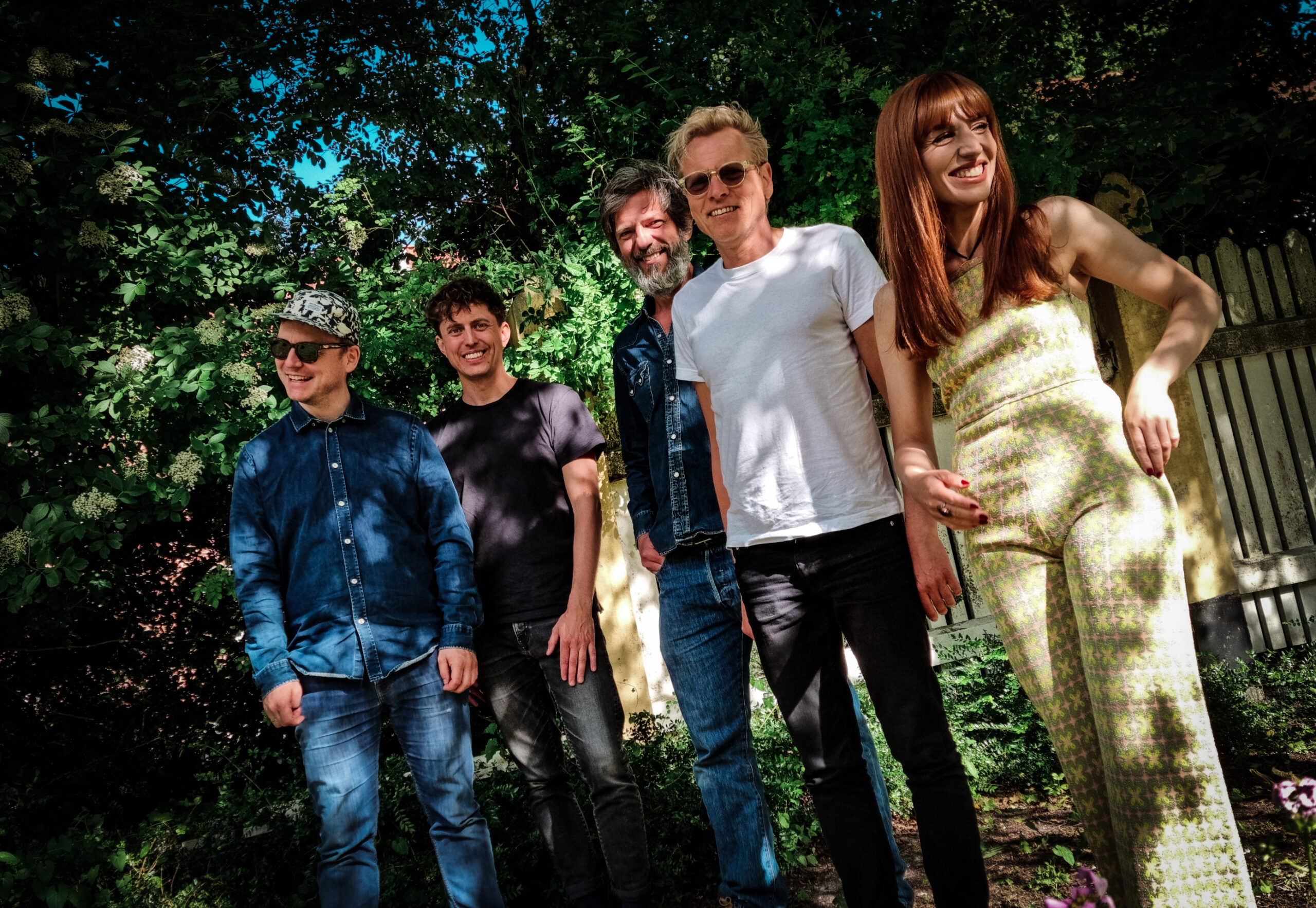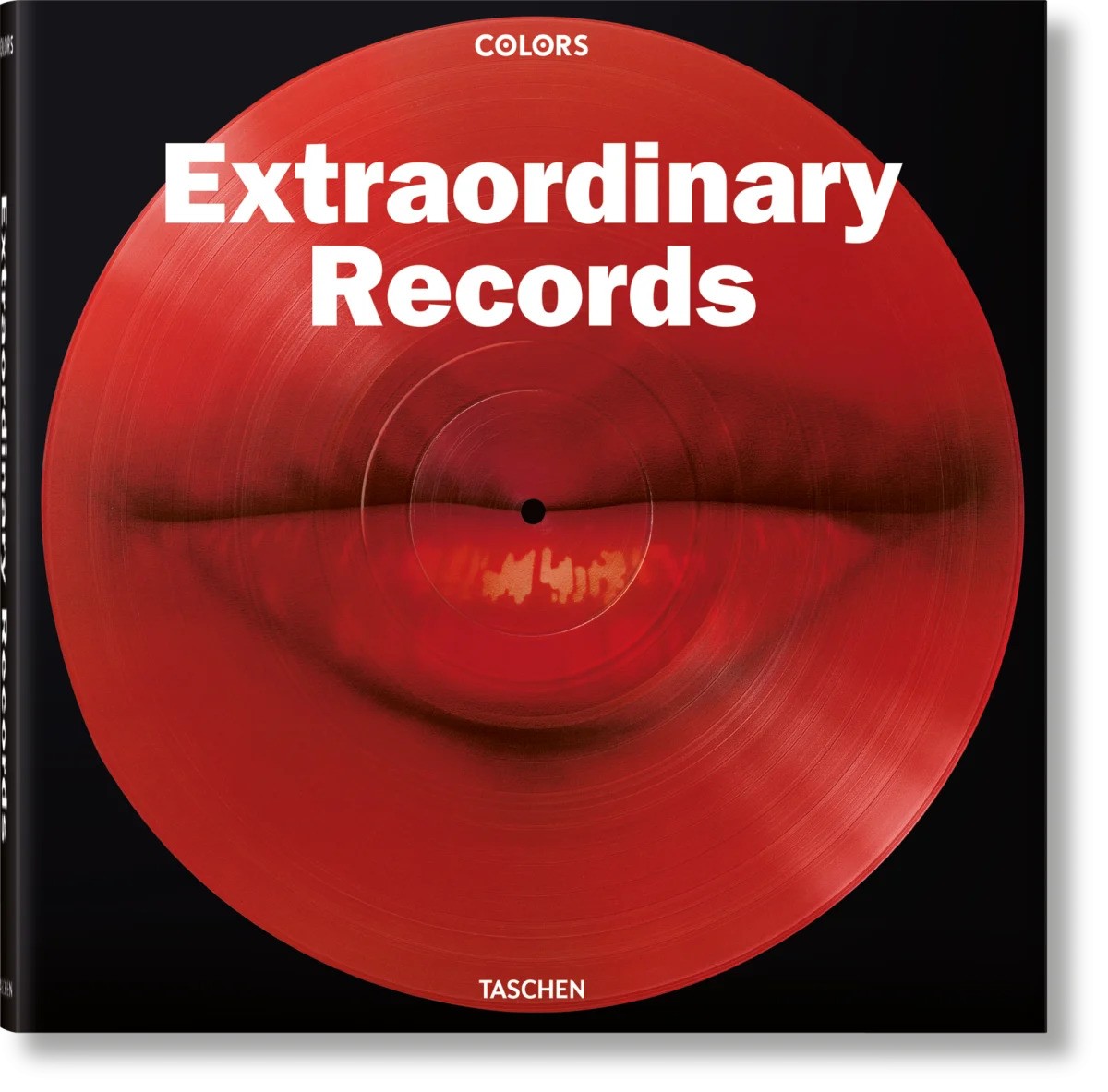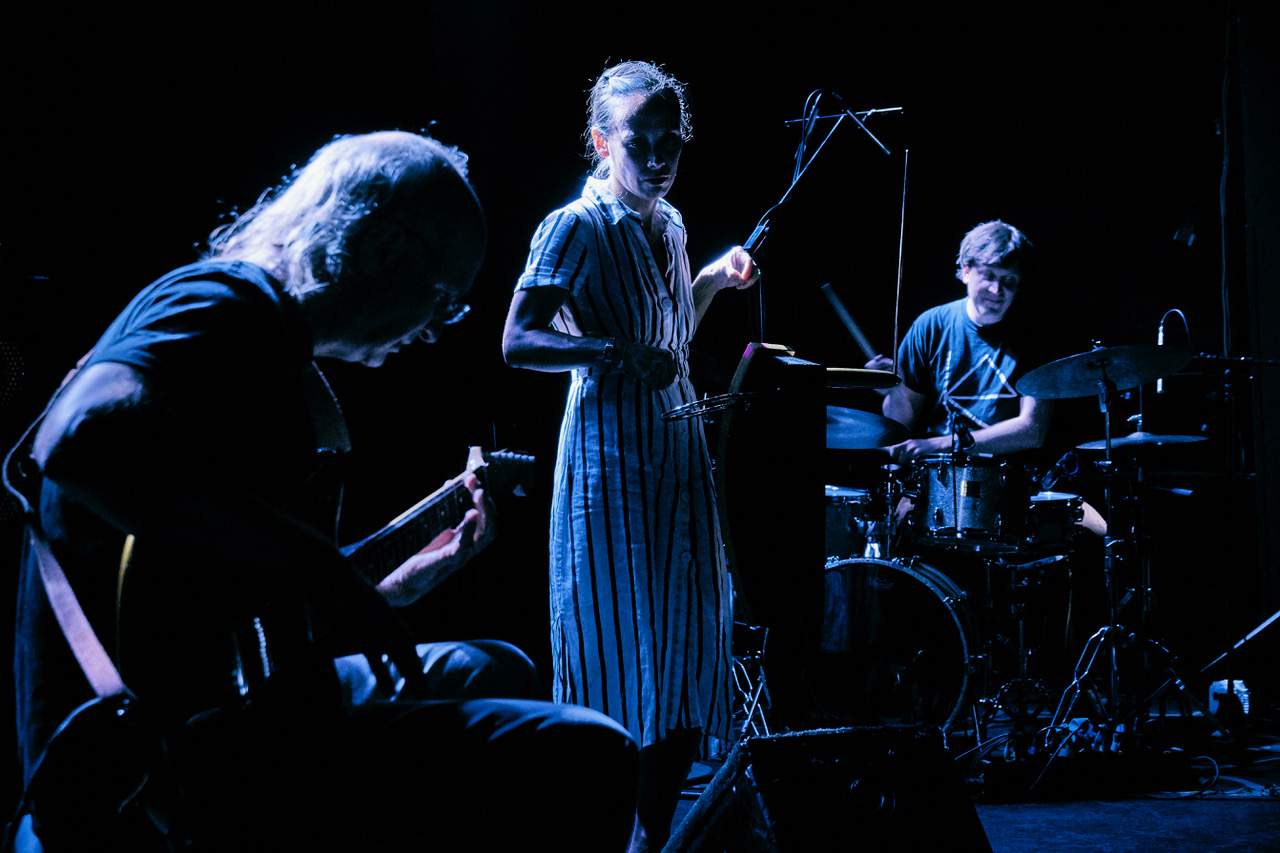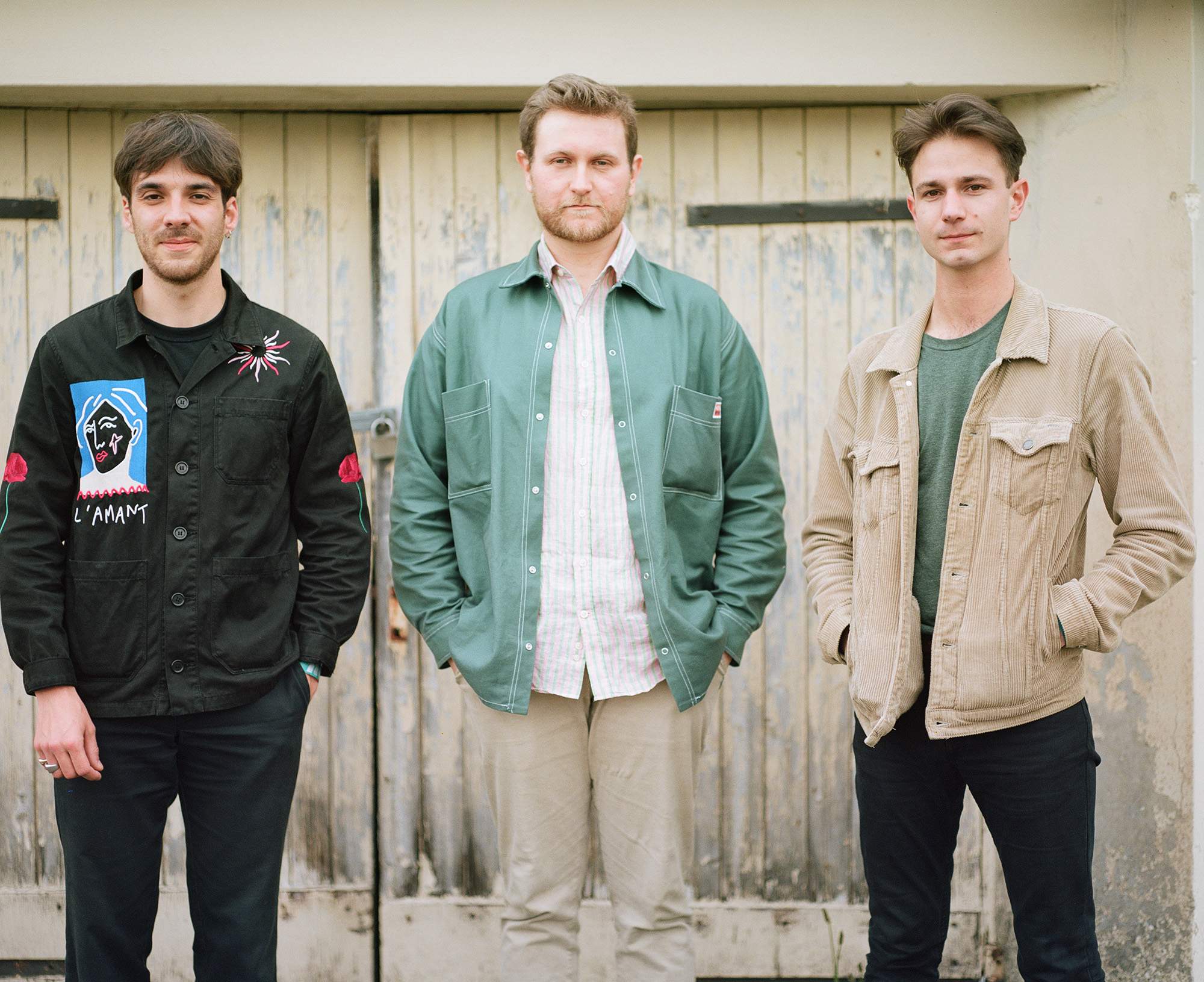Kalaha + Hilal Kaya With Aarhus Jazz Ochestra | New Album, ‘Tutku’ | Interview with Emil de Waal
Supported by the world-renowned Aarhus Jazz Orchestra, multi-award winning quartet Kalaha present ’Tutku’, an energetic fusion of jazz, Turkish psychedelic rock and 80’s inspired synth-pop. Out today via April Records.
Out August 26th on April Records, their most ambitious and adventurous record yet album pairs the self branded “Danish band with world roots” with a big band committed to embracing innovative contemporary jazz and guest star vocalist Hilal Kaya.
Formed after an improvised set at 2013’s STRØM Festival in Copenhagen, the four members that make up Kalaha share a collective passion for collaboration and an open-minded approach to music making. Each being active members of different corners of the Danish music scene, the result of their combined musical personalities is refreshingly modern cross between thoughtful songwriting and high level jazz-minded musicianship. While their 2021 release ‘Mystafa’ saw them collaborate with a number of vocalists, ‘Tutku’ sees the entrancing vocals of Danish/Turkish artist Hilal Kaya as the focal point of the record. Grounded by the driving sounds of Anatolian rock, the nine track work weaves between folk, spiritual jazz, and even disco, serving up a wealth of danceable grooves and rich harmony. Produced by Kalaha themselves, the production style shifts between the close, modern sound of a pop outfit and the expansive, reverberated sound of a 20 piece ensemble.
Soaring over the top of AJO’s intricate ensemble arrangements are an expansive network of electronic sounds, carefully designed and played by two of Denmark’s leading synthesists, Jens “Rumpistol” B. Christiansen and Mikael “Spejderrobot” Elkjær. With careers including international recognition from UK trendsetter Gilles Peterson, their immersive sound-world of melodic synth solos and explosive dub-tinged sound effects transform ‘Tutku’ into a large ensemble record unlike any other.
Completed by legendary drummer Emil de Waal and in-demand guitarist Niclas Knudsen, Kalaha’s striking and colourful visual identity shares the Middle Eastern influence of their music and enhances the psychedelic nature of their songs, invoking otherworldly imagery in the listeners’ minds and rounding ‘Tutku’ off as a cohesive, well thought out recorded statement.
“The exploration of different genres was the basic”
Thanks for taking your time. How are you coping with the pandemic as an active musician?
Emil de Waal: In Denmark, everything is basically back to normal. But it has been a crazy time and I have really felt how much I have missed playing music. In that way, it has been good to be reminded that I am actually at the right place – doing what I love doing. Another good thing is that I have had time to record a lot of music with my bands.
We are very excited about the new Kalaha album. ‘Tutku’ is out today via April Records. What’s the basic concept behind your latest album?
It is basically a vocal album in Turkish. Except for a few instrumental tunes, our great Turkish vocalist Hilal Kaya is featured on almost all songs. And the album is a big band album – such an explosive and thrilling sound and a tremendous chance for us to work with the amazing big band Aarhus Jazz Orchestra.
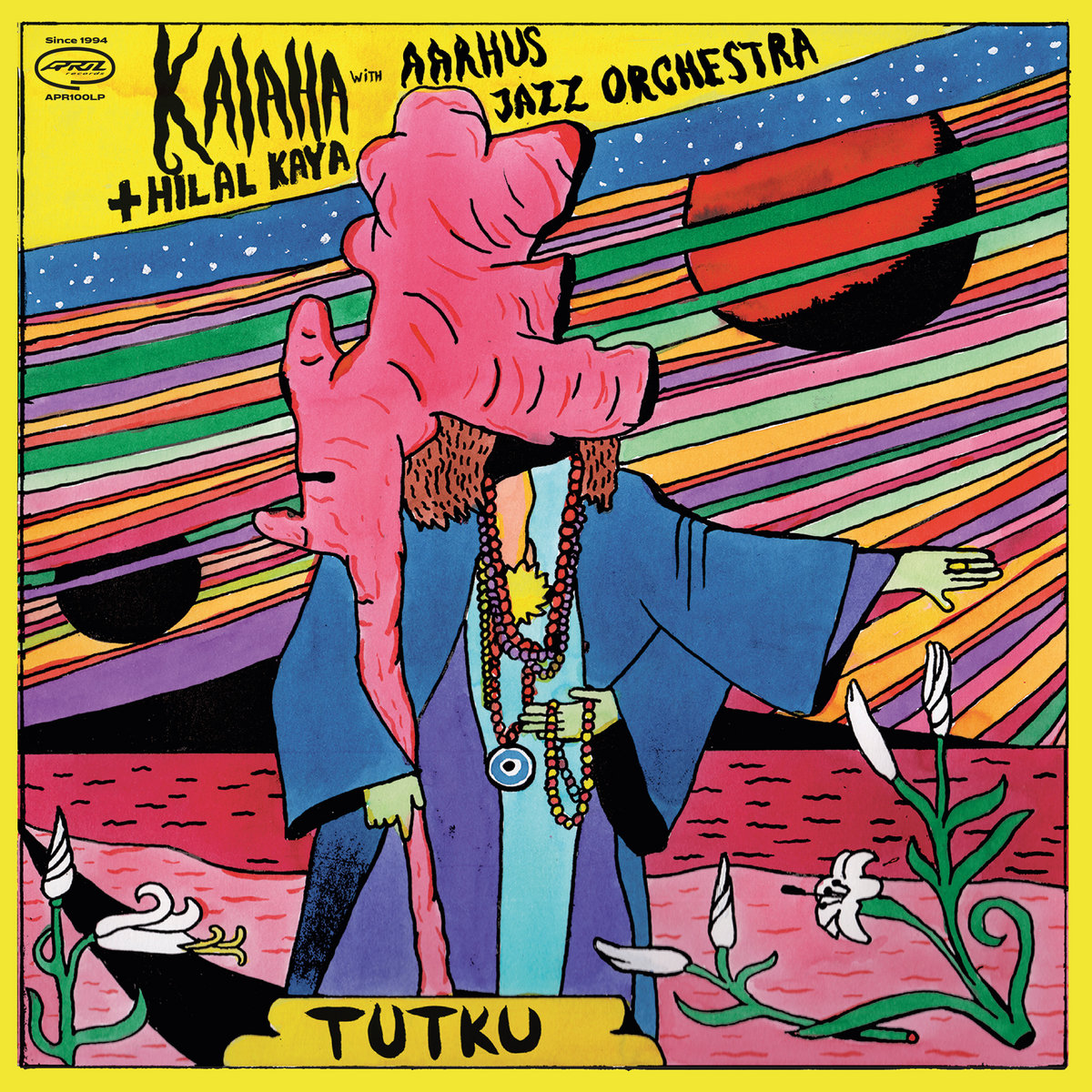
How would you compare it to your previous release, ‘Mystafa’?
‘Mystafa’ – that I love very much – points in many musical directions in the way that we have done it a lot with Kalaha. ‘Tutku’ has a much more equal musical vibe to it. And a quite brutal one, I have to say. I really enjoy the album’s brutality and directness. As much as I love the eclecticity of our earlier albums.
Would you like to elaborate on the formation of Kalaha; and did you have in mind from the very start that you wanted to explore the possibilities between different genres? After all, the four of you are very different musicians…is that a problem sometimes?
The basic idea of Kalaha actually came out of a wish from a Danish jazz music organization called JazzDanmark and an electronic festival called Strøm in Copenhagen: to have two electronic musicians and two jazzy musicians improvise together. So the exploration of different genres was the basic idea of the offspring of Kalaha – and an idea that I have worked a lot with throughout my whole career. I love the spark that comes out of these meetings of difference. They are definitely not problem-free, but something new happens every time and that is worth the trouble that might be.
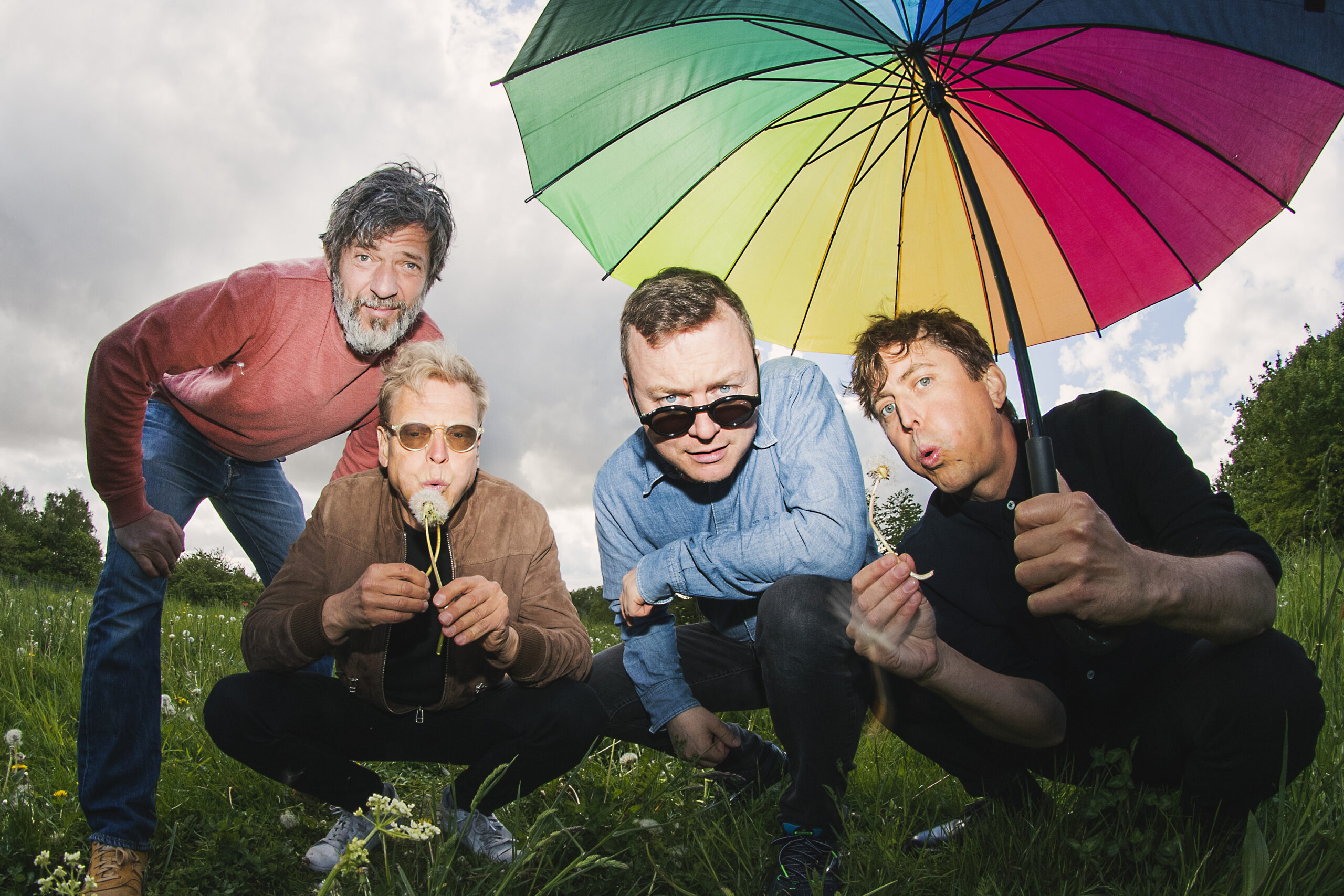
On the latest album you are collaborating with the legendary Aarhus Jazz Orchestra. How did that come about and how was it to play with them?
I have worked a few times with Aarhus Jazz Orchestra over the years and always had great experiences with them (check out this EP where we play the music of Kraftwerk together). So I talked to the leader of the band – the great Anders Ørbæk – about the idea of a collaboration between Aarhus Jazz Orchestra and Kalaha and it turned out that they’d been thinking the same. Later on we figured out the idea about focusing on the Turkish repertoire that Kalaha had started out a few albums earlier.
Tell us how you got to know the music of Hilal Kaya and what led to collaboration on your latest album?
Hilal was introduced to us by Denmark-based Turkish baglama-player Orhan Özgür Turan as we needed a vocalist for our song ‘Çok Küstüm’ that Orhan wrote for us for the ‘Mandala’ album. We had a great time working with Hilal and started adding her to our live shows when possible and we actually got good airplay in Turkey for the song. So we wanted to do more… And more….
“I love the fact that we have so many different references in Kalaha”
Improvisation can happen on different levels, but usually you have musicians together with similar backgrounds, but not in Kalaha. To what degree do you think that influences your sound?
I love the fact that we have so many different references in Kalaha. Musically, it is reflected in our music quite a lot because we never react to each other’s impulses in a way that we expect. It’s not like an indie rock or jazz band that listens to the same records and knows exactly what the other band members refer to when they play a certain chord with a certain sound. Something new can happen when you don’t have the same reference points.
Give us some insights on developing your drumming technique.
Through my 35-years career, I have been working a lot with being able to play freely in as many dynamic ranges, tempos and styles as possible. I try to pin out and isolate the weaknesses that I feel so that I can work on getting more freedom in situations that I find less comfortable. Working on sound and how the drum sound adds very important color to the music and genre is also important to me. And then I really like being in sufficient physical and technical shape, so I am able to play what I hear in my head. That means that I am still doing my basic technical exercises and playing my drums as often as I can.
Would you like to talk about ‘Handmade In Denmark’ and ‘Vente’, two of your latest releases on April Records?
The two albums are much more jazzy than Kalaha, but still quite genre-bending in my ears. Especially because of the instrumentations and choice of band band members: 85-years old traditional jazz clarinet player Elith “Nulle” Nykjær together with an avantgarde keyboardist playing ‘The Sound of Silence’ by Simon and Garfunkel and so on….
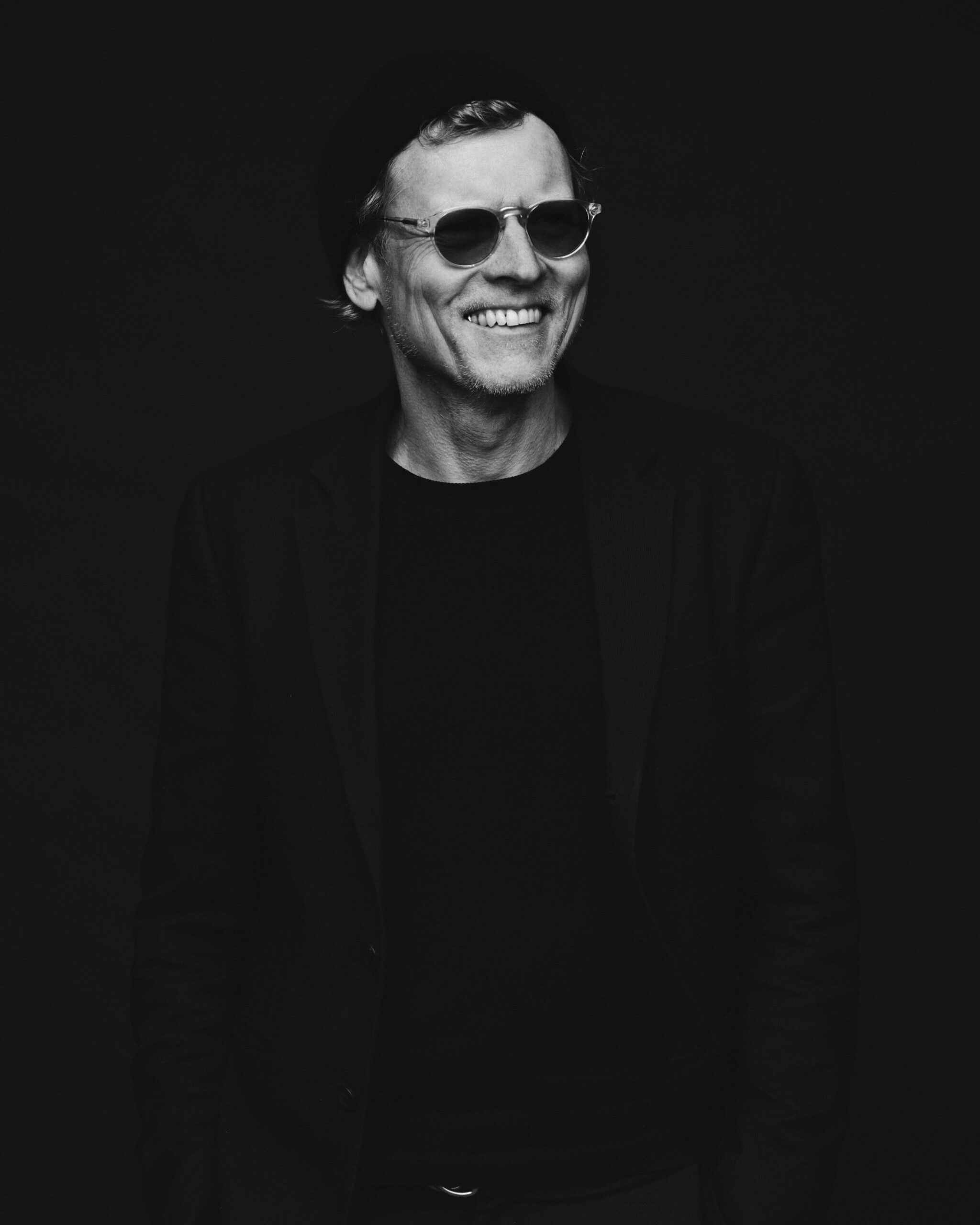
Do you have any other active projects going on at this point?
Apart from my jazz quartet that are playing more or less all the time in Scandinavia, I have a duo with the electronic musician Spejderrobot that is finishing an album for release touring in March 2023 and my duo with multi-instrumentalist Gustaf Ljunggren is recording our next album in September 2022. These are all projects that I love very much!
What are some of the most important players that influenced your own style and what in particular did they employ in their playing that you liked?
In my early days as a drummer, I listened a lot to Peter Erskine, Al Foster and Omar Hakim with Weather Report and Miles Davis for their way of getting funk and jazz into the jazz music. Later on I have been listening a lot to Jim Keltner and his super free way of getting jazz and rock/roots to melt together on recordings with Bill Frisell. But especially in the later years, I have been listening a lot to electronic and programmed drums and how drumming by non-drummers works in the music.
Have you found something new lately you would like to recommend to our readers?
Right now, the album by Blake Mills and Pino Palladino ‘Notes With Attachments’ freaks me out in a very positive way.
It’s impossible to cover your discography. Would it be possible for you to choose a few collaborations that still warm your heart?
That is a little hard to answer, but the albums that I have done with my “Emil de Waal+ Elguitar and Saxophone”-project and with Nulle, Gustaf Ljunggren and Kalaha still seem to me to have a freshness to them that I enjoy.
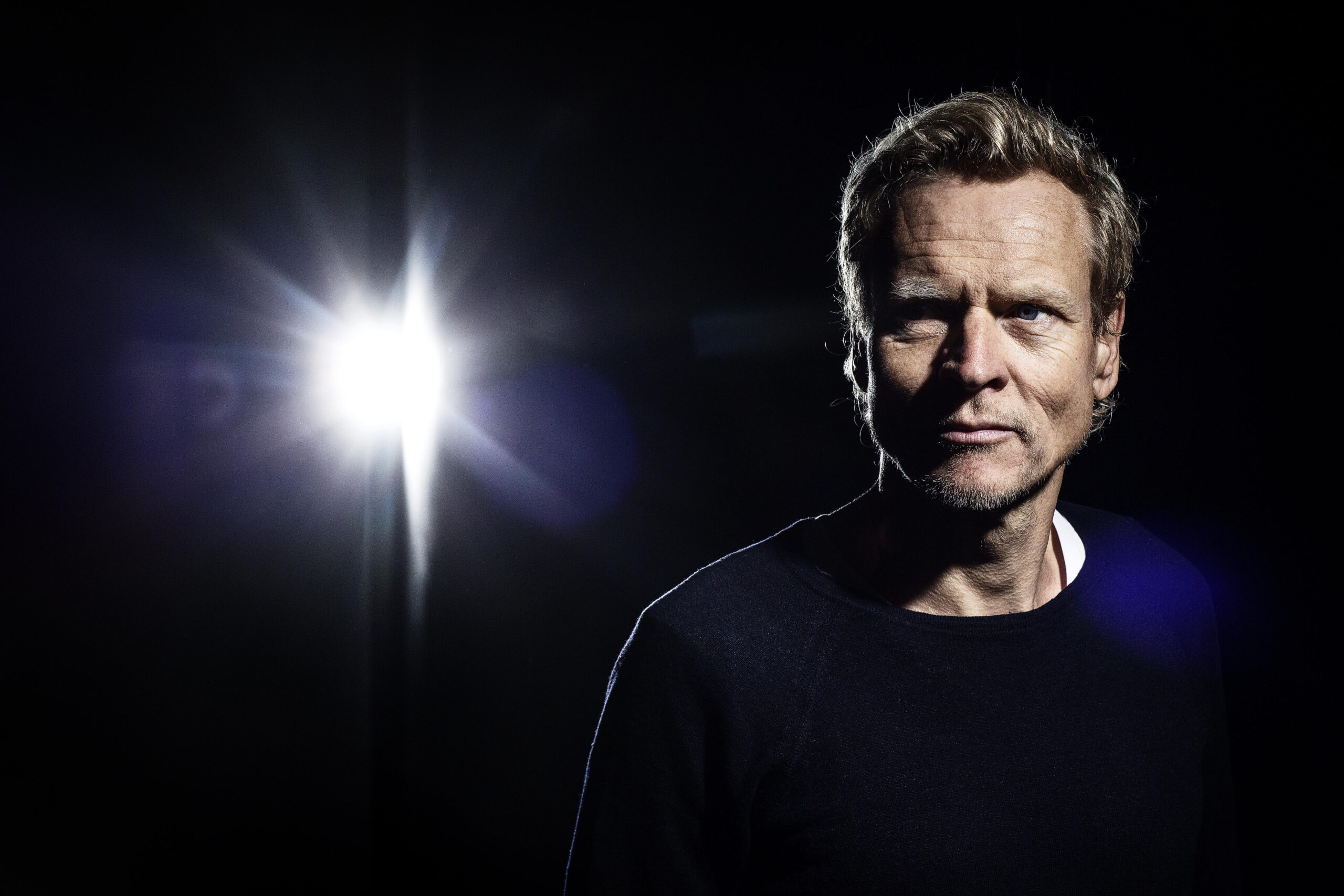
Thank you for taking your time. Last word is yours.
Thank you for reading and asking. I hope to meet you some time and that you enjoy the music!
Klemen Breznikar
Headline photo: Feyyaz Oztufan
Kalaha Official Website / Facebook / Instagram / Twitter / YouTube
Aarhus Jazz Orchestra Official Website / Facebook / Instagram / YouTube
Emil de Waal Official Website / Facebook / Instagram / Bandcamp / YouTube
April Records Facebook / Instagram / Bandcamp / YouTube

